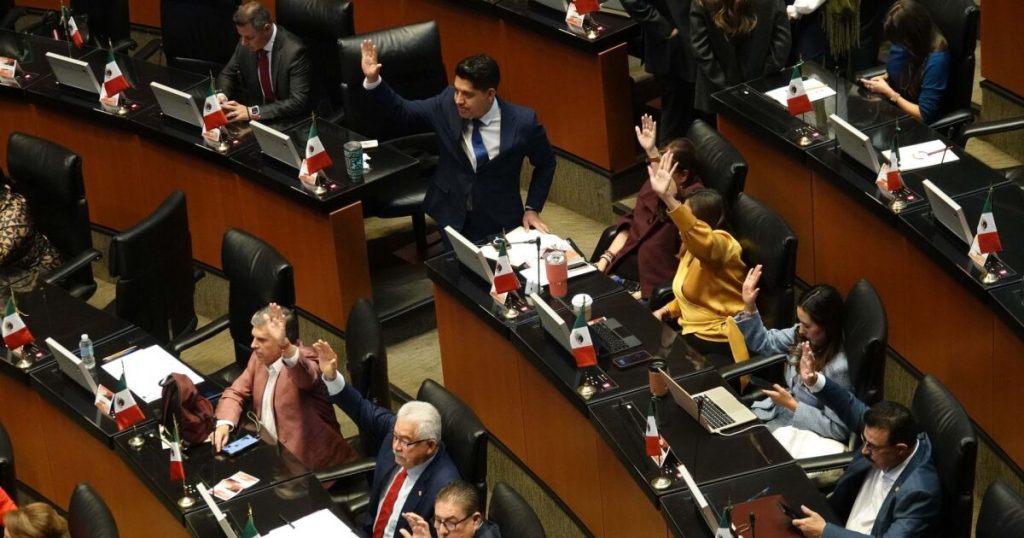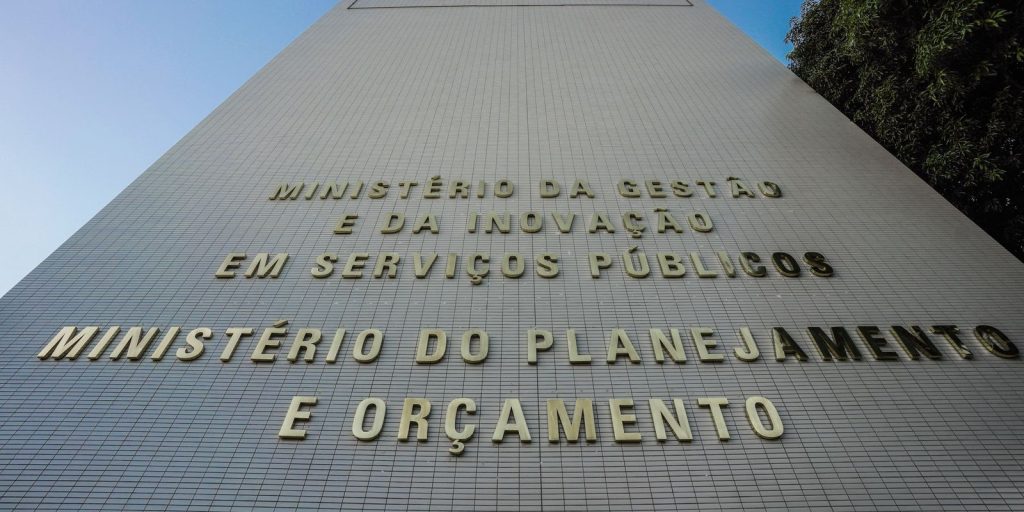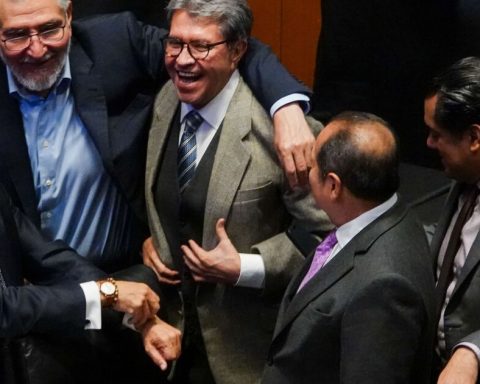Although it was said from the beginning that 2024 was going to be a year of transition in which caution would be a fundamental part of the strategy to reset the economic course after times in which the risk of recession was very strong and inflation led the monetary authorities to adopt positions more restrictive, the reality that is seen today is that the country has stood out for its resilience.
The fall in inflation within the margins expected by the analysis centers and a GDP growth and dynamics of the Economic Monitoring Indicator better than projected; despite the pressures due to the fall in inflation and the fact that the engines of construction and industry are not starting up, are the starting point of the positive environment that is increasingly gaining strength among investors and the National Government.
More news: The country’s energy risks continue to increase
This is why the government of President Gustavo Petro has put on the table in several The request for more rapid economic policy flexibility, lowering interest rates at a faster pace than the Bank of the Republic has been showing, is being welcomed. Although at one point his idea was not well received, two recent reports warn that perhaps the time has come to heed his suggestion.
Over-caution
First of all, for the Corficolombiana Economic Research team, taking advantage of the fact that the Bank of the Republic is preparing to make a decision next week, it is necessary to review whether the time has come to be more aggressive in lowering interest rates. to boost the dynamics and encourage consumption on fronts that are not working today.
Interest rate
iStock
These researchers started by saying that “the macroeconomic outlook has changed since the last decision in July, and we believe that there are sufficient arguments to accelerate the pace of cuts in the Monetary Policy Rate (TPM) to 75 basis points at the next meeting,” although they emphasize that the majority of the Board of the Issuer remains cautious about what should be done.
“The prudence that has been maintained So far, the Banrep Board has been appropriate in the process of cutting the interest rate. The Colombian economy suffered a stronger inflationary shock than other countries in the region between 2021 and 2023, which led to a strong deanchoring of inflation expectations at different time frames (Chart 2) that warranted a gradual start to monetary easing,” they added.
However, they add that The current position of the Issuer is too restrictive, since for example“the ex ante real rate in Colombia is high compared to its regional peers and is well above its long-term average. This implies that monetary policy is excessively contractionary in a context of slowdown economic and a fall in GDP growth, which could be detrimental to the economy.”
You may be interested in: Petro’s new defense of his reforms: ‘They will help build a more just Colombia’
That said, Corficolombiana identified several favorable conditions that could accelerate the rate cut, starting with the stabilization of inflation, which has shown signs of slowing, reducing the pressure on the Bank of the Republic to maintain a restrictive monetary policy; as well as the improvement in international commodity prices, especially oil and coal.
“Another key factor is the behavior of the Colombian peso, which has shown some stability against the dollar, helped by the inflow of capital and a less volatile international context. This panorama generates expectations positive in the financial market, which anticipates that the Bank of the Republic could opt for a more expansive policy in the short term, promoting a faster recovery of domestic demand and consumption, which would encourage a faster reduction in interest rates,” they said.

Economic recession
PHOTO: iStock
Time to speed up
Another view to be taken into account on this issue is that of the Anif Center for Economic Studies, which, arguing that “monetary policy has a lot of science and some art”, agrees with Corficolombiana on the need for a rate reduction of 75 basis points, although it recognizes that the accounts are divided within the Issuer.
“A bolder cut would be justified by the recent dynamics of inflation, the credit market and household consumption, a negative output gap, the correction of the current account deficit and a more favorable external context for a larger cut, due, among others, to the recent interest rate cuts by the US Federal Reserve,” they explained.
Other news: This is how hyperconcentration of wealth is fueling economic inequality
Meanwhile, they point out that the Economic Monitoring Index has been characterized by strong volatility that must be carefully reviewed, since there are risks in the outlook, both locally and internationally, that generate noise among companies and investors, such as the need to launch an economic recovery plan as soon as possible.
Another factor that Anif asked to take into account is that beyond the technical, There is a political reality that cannot be ignored and that is that the Government will elect two of the five co-directors of the Board of the Bank of the Republic at the beginning of next year and it is likely that the team of five members who have voted prudently in recent decisions will be dissolved.

Economic growth
iStock
“More orthodox decisions now, where inflation has surprised on the downside, could encourage stronger cuts in 2025. The best thing for the institutionality of the Bank of the Republic and the credibility of the Government itself would be to seek a consensus on the pace of interest rate reduction before the changes, in such a way that it remains under the new composition of the Board, giving peace of mind to the financial markets about the technical nature of the issuer,” they concluded.
Whatever path is taken, both Corfi and Anif indicated that it must also be guaranteed that the Bank of the Republic is autonomous in its decisions and that while the proposals are welcome, this should not become in a straitjacket regarding the path that the entity adopts regarding monetary policy.


















